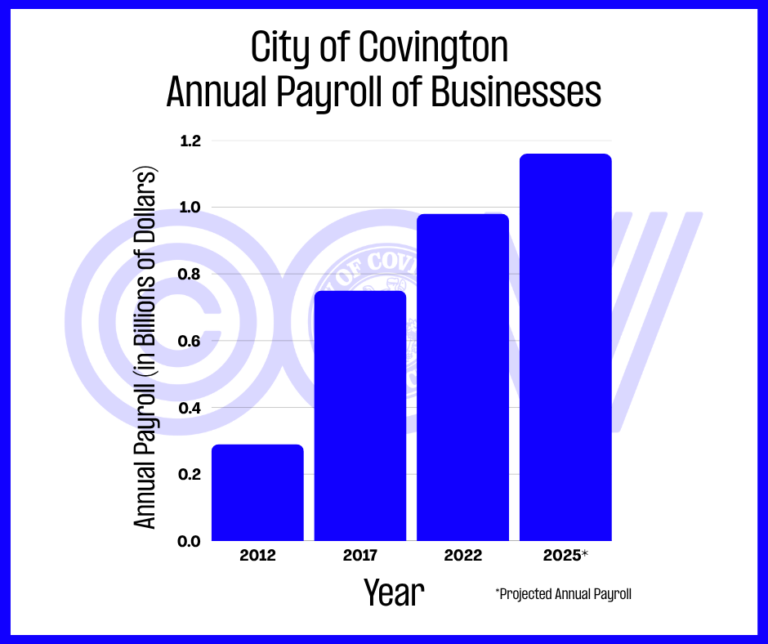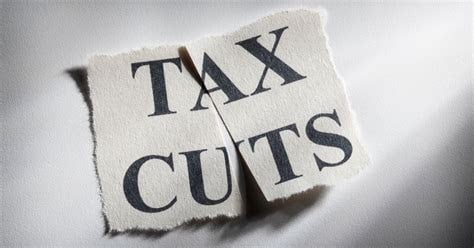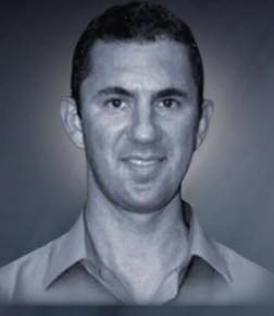Getting a tax refund this year? Don’t just blow that money!
Instead, use your tax refund to gain some financial traction.
First, make sure you have a plan before your tax refund arrives.
Otherwise, it will magically disappear right before your eyes and you’ll barely remember what you spent it on.

Your best return on investment is going to be paying off debt. The average credit card interest rate is 15%, and that’s a guaranteed return (unlike the stock market)! If you are behind on any debt payments, your first priority is to catch up any past due or over the credit line amounts.
No credit cards? Then start tackling your other debt: car loan, student loan, and mortgage. All have interest rates higher than savings accounts, which are currently hovering around 1%.
Your next priority should be saving for emergencies. In fact, my advice is to have at least $500 to $1,000 in savings even before you pay extra on your debts. Why? If you have a flat tire, emergency room visit, or minor home repair, you can pay cash rather than put it on a credit card. Ideally, you should have six months of living expenses in your emergency fund.
It’s okay to have FUN with some – but not all – of your tax refund!
This is why it’s important to decide ahead of time how much will go towards debt-reduction, saving, investing, and fun. 10 – 20 percent of your tax refund is fine to spend on entertainment, but the rest should be put to good use.
Finally, consult with your CPA or tax professional to adjust your withholdings to get your tax refund as close to zero as possible, without owing the IRS! Why let the government borrow your money for zero percent if you have debt at 15% to pay off? Don’t struggle with paying your bills 11 months out of the year when you can have that money in your monthly paychecks to help you become financially healthy!
Christine Luken is the Financial Lifeguard and a veteran Meal Planner. She helps individuals, families, and entrepreneurs design a financial road map to help them arrive at their Preferred Financial Destination. You can find Christine’s blogs, podcasts, and videos on her Financial Lifeguard website.





















